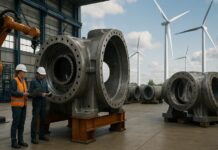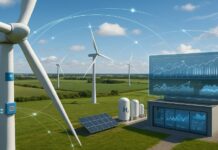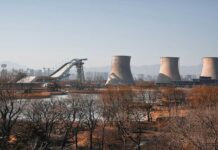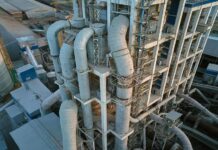On June 6th, the Japanese government went ahead with a revision to the nation’s plans to make use of more hydrogen as part of the endeavour to lessen carbon emissions. The plan gives an ambitious target to elevate the yearly supply by six times from the present levels to 12 million tonnes by 2040.
It also goes on to pledge 15 trillion yen, or approximately $107 billion, in investments from both private and public sources so as to develop supply chains that are related to hydrogen in the forthcoming 15 years.
It is well to be noted that Japan’s decarbonization tactics centre on so-called clean coal, nuclear, and hydrogen energy so as to bridge its transition to renewable energy. Apparently, the Russia-Ukraine war has deepened the challenges when it comes to energy security and has also gone on to complicate the efforts; however, other advanced western countries are making sure to push for faster adoption when it comes to renewable energy like solar, geothermal, and wind. Thus far, Japan has been relying on hydrogen, which is mostly produced by using fossil fuels.
There are some experts who say that strategies such as commercialising hydrogen and ammonia usage mostly cater to large business interests as well as important industries that are already heavily invested when it comes to fossil fuel-driven tech and happen to have power over the policies of the government.
The revised plan goes on to prioritise nine strategic areas that also include the creation of water electrolysis equipment, large tankers when it comes to transporting hydrogen, and fuel storage batteries.
As per Hirokazu Matsuno, the chief cabinet secretary of Japan, hydrogen happens to be an industrial sector that can go on to make a triple achievement of stable energy supply, economic growth, and decarbonization in one shot. He added that they are going to promote hydrogen on a large scale, both in terms of demand and supply.
As per the country’s leaders, they want to make Japan a hydrogen society. That said, the hydrogen sector still happens to be in its early stages. The government is drafting legislation so as to support the development of essential infrastructure as well as supply chains for commercial usage of ammonia (another source of hydrogen) and hydrogen.
It is well to be noted that at a hydrogen council meeting with industrial leaders recently, Fumio Kishida, the Japanese Prime Minister, said that their country aims to achieve an Asian zero-emission community, thereby contributing to the Japanese tech when it comes to ammonia, hydrogen, and other technologies concerning decarbonization.
Kishida added that by putting up an ambitious goal, they aim to make their plans more predictable and, at the same time, encourage long-term investment in terms of developing a large-scale supply as well as demand for hydrogen.
The cabinet also went ahead and approved a yearly energy report stating that economic sanctions against Russia have gone on to elevate long-term competition for LNG, predicting that shortages may still persist across 2025. The European demand for LNG as an alternative to Russian LNG has pushed its prices higher, thereby making it essential to come up with a long-term strategy so as to secure stable energy supplies.
Japan has gone on to adopt a so-called green transformation earlier this year that calls for promotion when it comes to next-generation solar batteries, renewed usage of nuclear energy, and also offshore wind power.
































